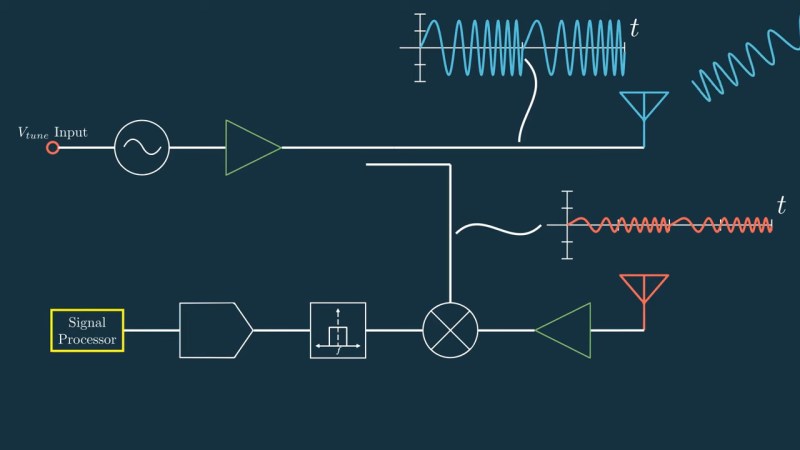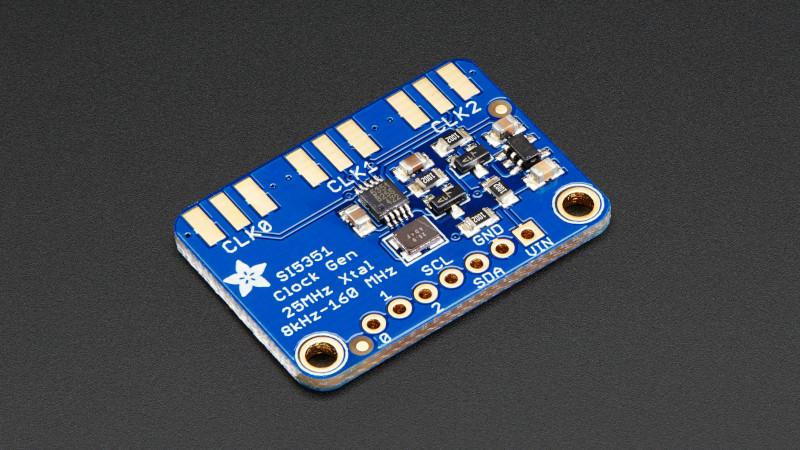Fundamentals of FMCW Radar Help You Understand Your Car’s Point of View

Pretty much every modern car has some driver assistance feature, such as lane departure and blind-spot warnings, or adaptive cruise control. They’re all pretty cool, and they all depend on …read more Continue reading Fundamentals of FMCW Radar Help You Understand Your Car’s Point of View


